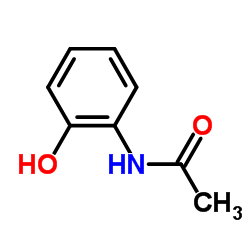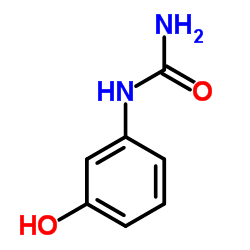| Structure | Name/CAS No. | Articles |
|---|---|---|
 |
acetoaminophenol
CAS:614-80-2 |
|
 |
1-(3-Hydroxyphenyl)urea
CAS:621-42-1 |